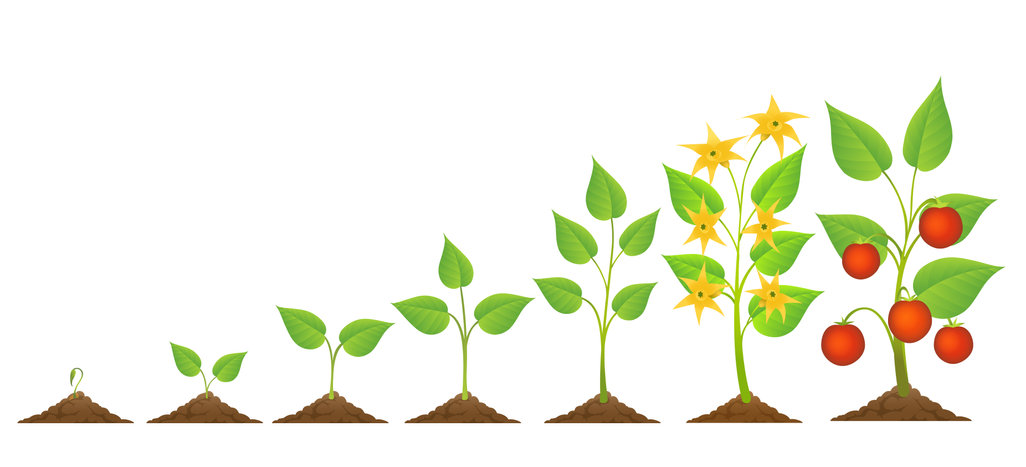Tips for a School Planting Area

 Whether you’re teaching children about plant life cycles or food groups, a school planting area is a great learning tool. Here are some tips to make your school planting area successful for learning and fun.
Whether you’re teaching children about plant life cycles or food groups, a school planting area is a great learning tool. Here are some tips to make your school planting area successful for learning and fun.
Why Plan Growing Lessons at School?
There are numerous reasons why you should plant a growing area for your school or even for each classroom. Growing plants like flowers or vegetables have a wide range of lessons that encompass the primary curriculum including life cycles, nutrition, soil, science and more.
A garden area can also teach children and make them more aware of seasonal changes in nature and food production. And there are benefits of making large school gardens with staff, pupils, parents and even local residents being involved in your projects.
Where to Start your Vegetable Garden
There are many locations where you can start your school or class garden. It can be in a large area that is dedicated to growing or it can be in a couple of containers under a school canopy. Ideally, you want a location that provides warmth, sunlight, shelter and has good fertile soil that is well-drained.

Plan the Planting
You need to plan the planting of flowers and any vegetables that you would like. Vegetables are highly suited for planting in spaced rows across a single plot. These should not be broken up by paths. However, this isn’t always easy in a school setting.
You might need to go to a bed system. Schools with gardens have often found that those with special educational needs students work better with a bed system.
You should make access really simple and you will want to regularly weed the area.
Choose the Plants
You will want to carefully plan the plants that you’re going to grow. You don’t want plants that are going to be hard to flourish. You should also choose plants that children will love. A flower bed, for instance, can include daffodils and tulips which are always popular. Vegetable plots can include peas and beans or carrots.
If in doubt, choose varieties of vegetables that have been awarded the RHS Award of Garden Merit. These are plants that have been deemed suitable for garden cultivation by the RHS.
Conclusion
An outside area for gardening is a great learning opportunity for children. Not only are you going to teach children about gardening, but you can also teach them about other things like life cycles, food groups and more.
Do you have any suggestions on what you can grow in a school garden? Let us know in the comments below.

Able Canopies Ltd. design, manufacture and install canopies and shade structures at schools, nurseries and educational settings to enable year-round Free Flow Outdoor Play and Outdoor Learning.
For more information please contact us
Follow us on our social media accounts for the latest funding advice, new products & latest news:
Twitter | Facebook | LinkedIn | Instagram
Categories
- Canopies for Architects & Contractors
- Canopies for Healthcare
- Canopies for Restaurants, Bars and Hotels
- Canopies for Retail & Commercial
- Canopies for Schools
- Canopies for Sports & Leisure
- Canopy Maintenance
- Case Studies
- Cool Links & Facts
- Cycle Parking Solutions
- Dates for Your Diary
- Eco-Friendly Holiday Crafts
- Employee Spotlight
- Environmental Tips
- Funding and Fundraising
- How to... Get the Most out of Your Canopy
- Latest News
- Latest Stories
- Lockdown Outdoor Learning & Play Ideas
- MD News
- Newsletters - Architects & Contractors
- Newsletters - Schools & EYFS
- Outdoor Learning
- Outdoor Play
- Planning Your Cycle Parking
- Product Focus
- Solar Carports
- Spring Fundraisers 2017
- Summer Shade
- The Good Canopy Guide
- Wall Mounted Canopies











